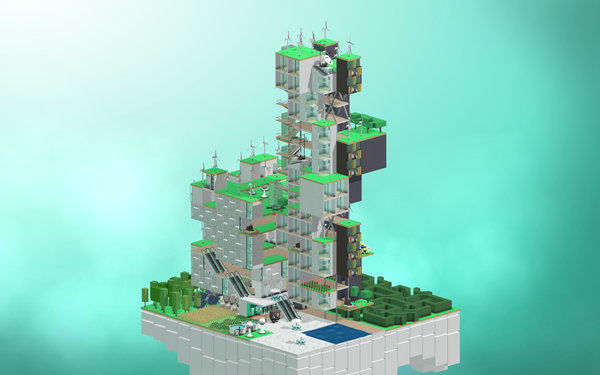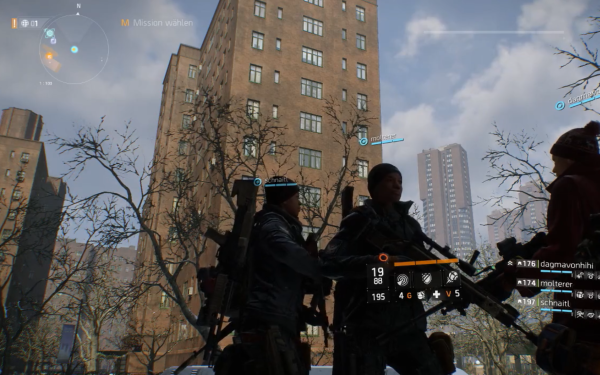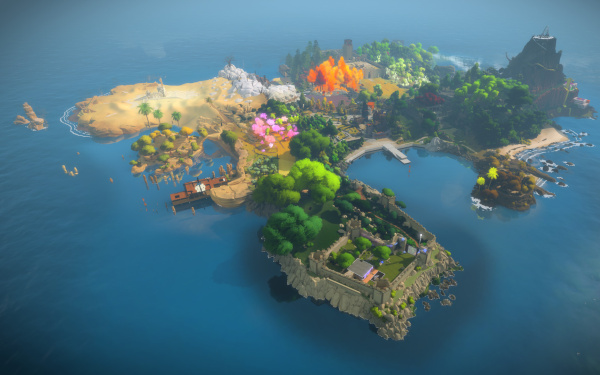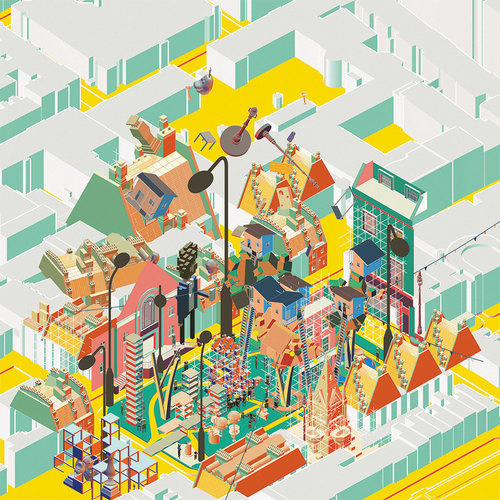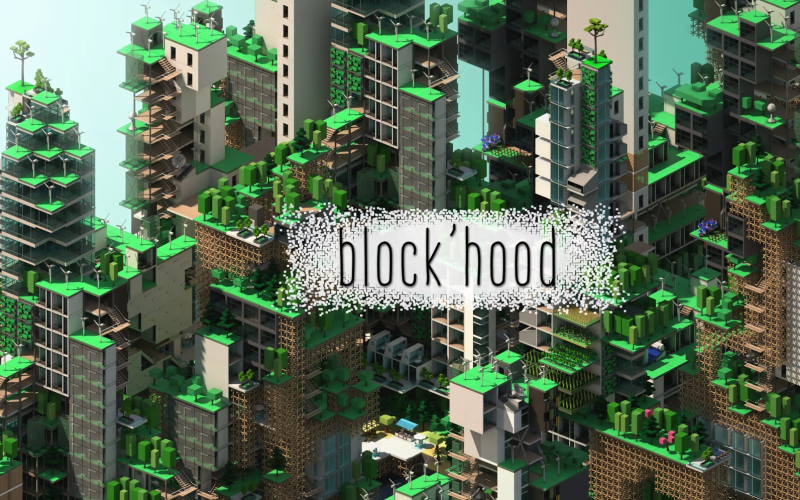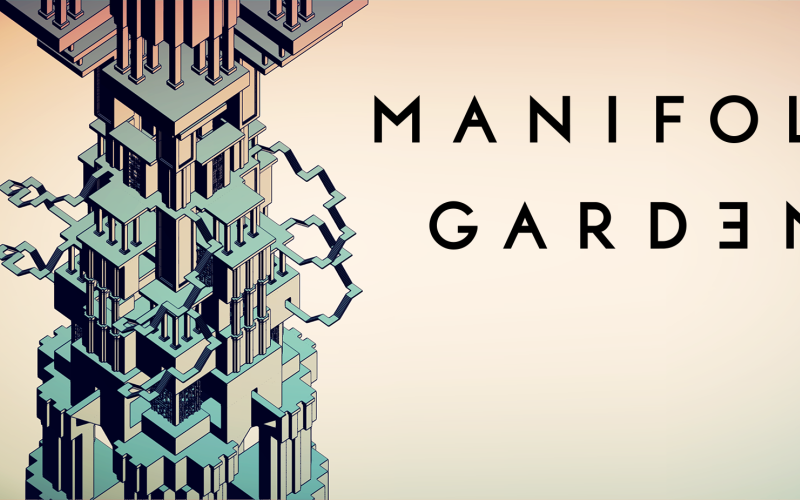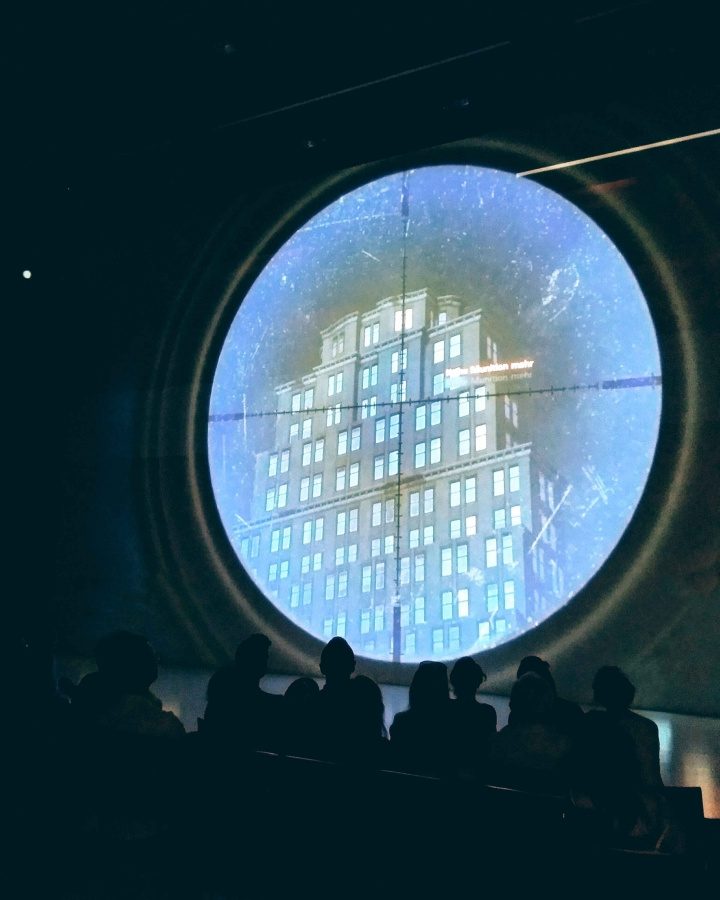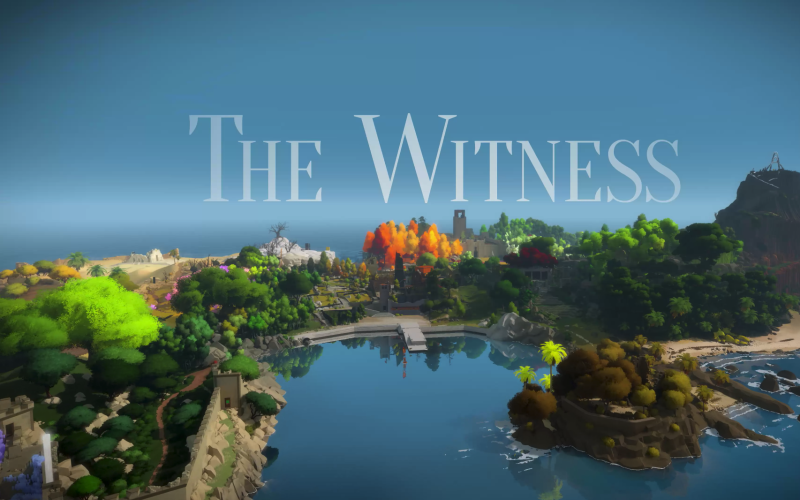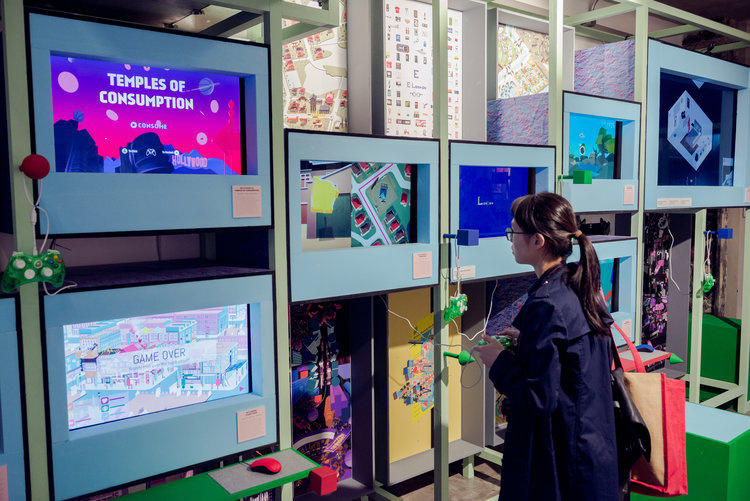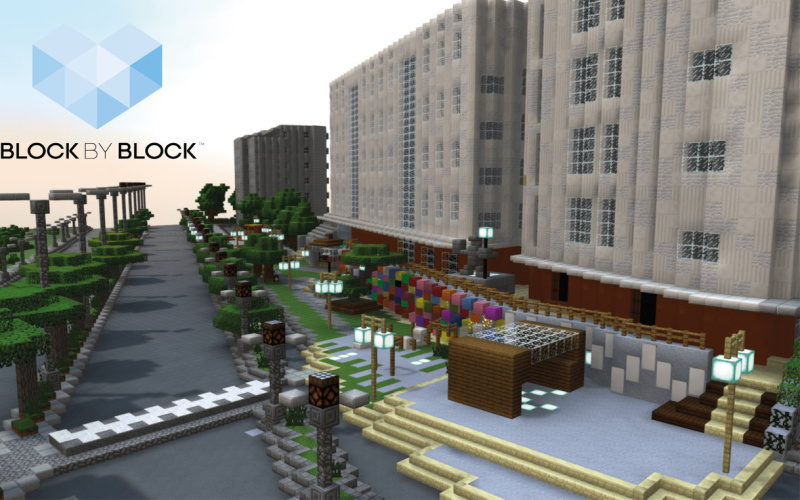Playful Architectures
A special exhibition within »zkm_gameplay. the next level«
Wed, December 21, 2022 – Sun, July 28, 2024
Architecture shapes our behavior and our perception of the world. It influences how we move through space, which events are visible to us and which remain hidden, and which people we encounter and which we do not. This is true for the real world as well as for the virtual world of computer games. The exhibition »Playful Architectures« shows the similarities, differences and mutual influences of the two architectural worlds: What role does architecture play in computer games? How can computer game technologies be used in architecture? How have computer games changed our idea of architecture?
Both the first computer games and the first software programs for architects emerged as early as the 1960s. The possibilities of »computer-aided architectural design« (CAAD) not only fundamentally changed the design and planning processes of architecture, but also the spectrum of what could be built. However, it was not only the computer-designed buildings of our cities, but also the fantastic, virtual architectures of computer games that expanded our ideas of architecture.
The exhibition addresses the relationship between architecture and computer games from different perspectives. »Manifold Garden« shows what a world could look like in which the rules of gravity do not apply. The developers of »The Witness« collaborated with architects to create spaces that give players better orientation. The work »Operation Jane Walk« by Robin Klengel and Leonhard Müllner invites the audience to an architectural tour through the post-apocalyptic New York of the game »Tom Clancy's: The Division«. And the film »Another Day of Depression in Kowloon« by Ip Yuk-Yiu uses the example of a digital representation of Hong Kong in the shooter game »Call of Duty« to examine how the Western-influenced view of the mass media affects cultural representations in and the design of games.
Computer games are now also used to plan buildings and cities and to put the designs up for discussion: The »Videogame Urbanism« project at London's Bartlett School of Architecture shows how computer games can be used as collaborative or participatory design tools that allow different perspectives to be included in problem solving. In the game »Block'hood« real environments and situations are simulated to make spatial and social impacts and economic and political power structures visible. Computer games thus become interactive learning environments and tools for raising awareness.
Imprint
- Curator
Team
Project Assistance: Alexis Ibarra Ibarra


